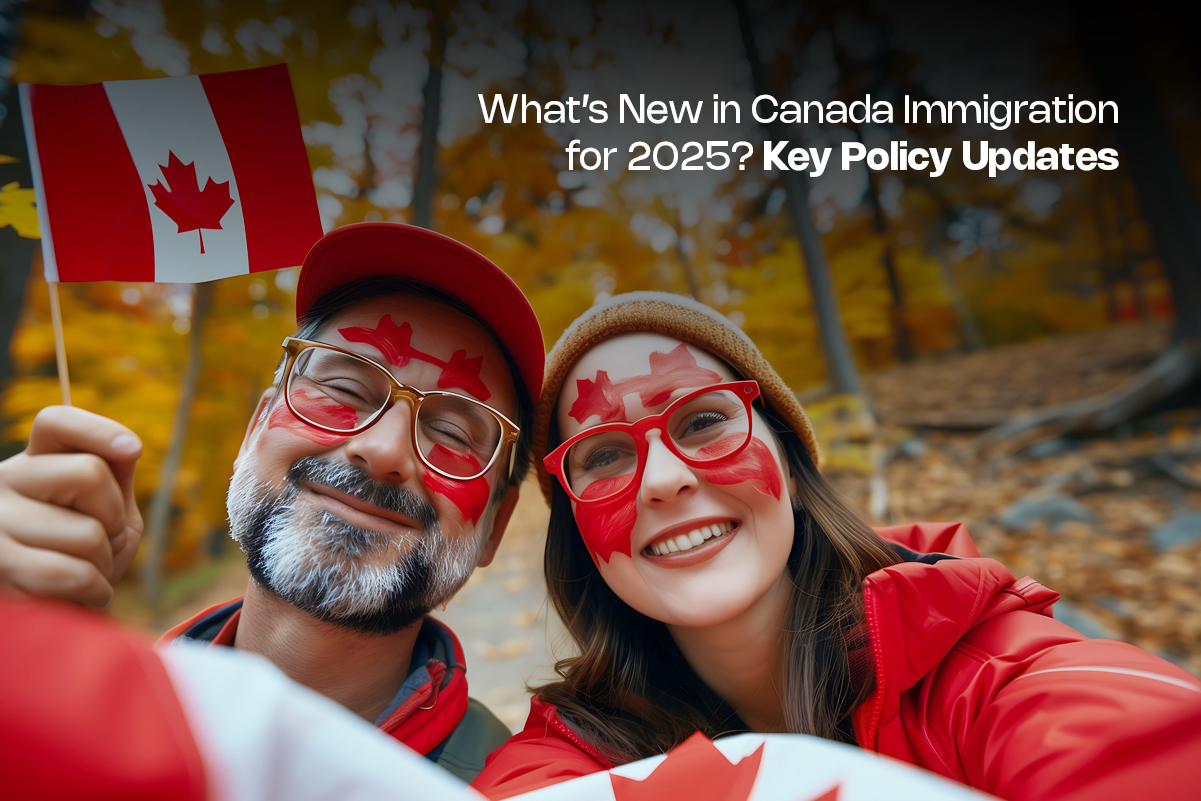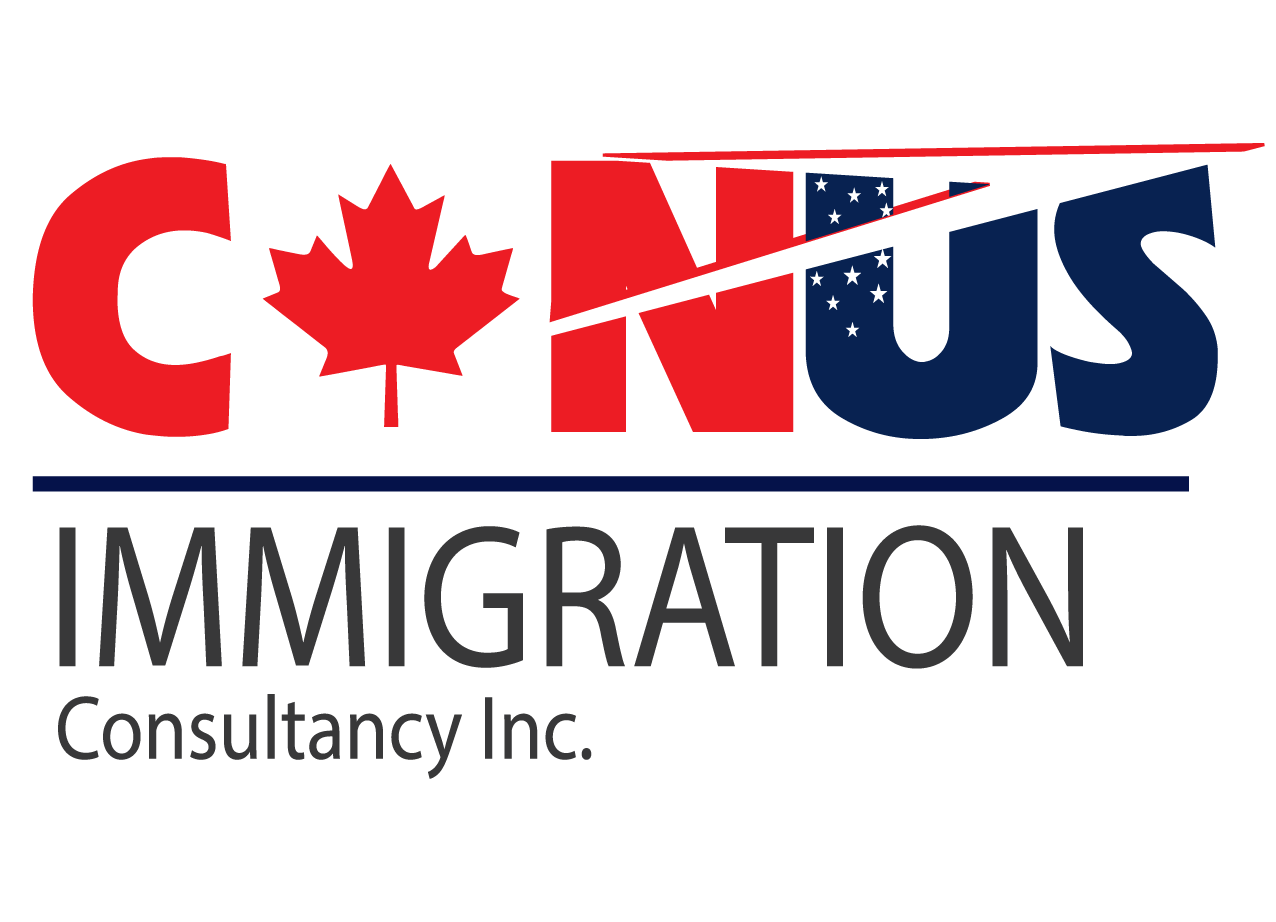What’s New in Canada Immigration for 2025? Key Policy Updates

Canada is changing its immigration rules in 2025. These changes affect work permits for family members and provincial nomination programs. The government wants to balance bringing in needed workers while addressing housing concerns.
Starting January 2025, there are new limits on who can get work permits. The government has also cut provincial immigration numbers by half compared to last year. These changes will impact many people planning to move to Canada.
Big Changes to Spouse Open Work Permits
The rules for spouses getting work permits have changed dramatically. Before, almost all spouses of international students could work in Canada. Now, only certain spouses qualify.
You can only get a spouse open work permit if your partner is studying in:
- A master’s program that’s at least 16 months long
- A doctoral (PhD) program
- Specific professional programs like medicine or law
This means spouses of most college and undergraduate students can no longer work in Canada. This change will make it harder for many families who counted on having two incomes. The new policy, announced by IRCC on January 14, creates money problems for international student families. Many couples planned their budgets expecting that both people could work.
Now, with this sudden change, thousands of families must rethink their finances. Some may even cancel their plans to move to Canada. We get many worried calls from students whose spouses can’t work anymore. However, it’s better to talk to our team before you lose hope. This is one of the biggest changes to Canada’s rules for international students and their families in recent years.
New Rules for Foreign Workers’ Families
Similar changes affect families of foreign workers. Now, whether a spouse can get an open work permit depends on the worker’s job type and how long they’ll be in Canada.
Spouses of workers in management and high-skill jobs (TEER 0 or 1) can still get work permits. Some spouses of workers in trades and technical jobs (TEER 2 or 3) might qualify if their partner works in:
- Healthcare
- Construction
- Education
- Natural resources
- Other shortage areas
The foreign worker must have at least 16 months left on their own work permit when their spouse applies. Perhaps the biggest change: children of foreign workers can no longer get work permits at all.
Why These Changes Are Happening
Immigration officials say these changes will “strengthen the integrity” of Canada’s immigration programs while supporting the economy. But the real story seems to be about housing.
With housing prices and rents climbing across Canada, the government is trying to slow down the growth in temporary residents. By limiting who can work, they’re indirectly controlling how many people stay in Canada.
Provincial Immigration Programs Slowing Down
The federal government has cut provincial immigration programs in half for 2025. Last year, provinces could nominate 110,000 immigrants. This year, they can only choose 55,000.
This dramatic cut has forced provinces to change how they run their programs. Some have added new restrictions, while others have temporarily stopped accepting applications.
What’s Going On with OINP Programs?
Ontario’s immigration program (OINP) has nearly stopped in 2025. In the first two months, they’ve only invited 4 people to apply, compared to almost 15,000 during the same time last year.
Other provinces face similar situations. They’re all adjusting to having fewer spots to offer immigrants.
Interestingly, the federal government has offered provinces a deal: accept more refugees and humanitarian immigrants, and you can get some of your numbers back. Newfoundland took this deal and regained 90% of their allocation by agreeing to welcome 290 humanitarian immigrants.
Despite the slowdown, Ontario has made one positive change. Self-employed doctors can now apply through the Employer Job Offer stream without needing a formal job offer. This helps address doctor shortages in the province.
What Questions Should Immigrants Be Asking?
Every immigration case is unique, and your path depends on your personal goals. We’ve seen many candidates succeed by first evaluating their specific situation against the latest rules. If you’re hoping to get an open work permit, you need to check if your occupation or education still qualifies under the 2025 guidelines.
The OINP programs have different criteria, and some streams are more active than others right now. As immigration agents, we often suggest exploring multiple provinces since each one prioritizes different skills and backgrounds. Making yourself aware of all options increases your chances of finding the right path to Canada.
What Should You Do Now?
If these changes affect your plans, here are some steps to consider:
- Check if you still qualify for an open work permit
- Look into other types of work permits
- Research which provincial programs are still active
- Consider provinces that might have more openings
- Look at educational programs that allow spouse work permits
Planning is more important than ever. You might want to talk to an immigration consultant who understands these new rules.
While some doors have closed, others remain open, especially for people with skills Canada needs. Healthcare workers, tech professionals, and those with advanced degrees still have good options.
Knowing these changes enables those who are already in Canada to make informed choices about whether to stay longer or apply for permanent residence. Until they expire, current work permits are still in effect.
According to the administration, these adjustments will help control the increase in immigration while resolving housing issues. For immigrants, this entails adjusting to a more selective system that gives preference to particular educational and skill levels.
By staying informed about these changing rules, you can better navigate Canada’s immigration system in 2025. The pathways may be narrower, but with the right information, you can still find your way to life in Canada.
